Sustainable Gardening - Old Concept, New TwistWith more people growing their own food, sustainable gardening makes sense. A look at the ways you can maximize your garden space. - by Regan Carney
The sustainable agriculture part of the permaculture concept is that everything is interrelated in the natural world , so why not encourage that by planting fruit and nut trees close together and then plant shrubby berry producing plants around the trees and then plant viney gourds and pole beans next to that and then herbs and vegetables, and then encourage mushrooms under the foliage. Just like in my clump, there would be no undergrowth because there was virtually no sun on the ground in there. This is not new. It has been and is being used by peoples all over the world that live on small plots of farmable land. The land can be extraordinarily prolific if all the needs of the plants can be met. Once that happens, there is little for the human to do but harvest and replant. A good example of this is Native American use of corn, beans and squash or the “Three Sisters:. The corn is planted first and once it has reached a certain height, the beans are planted and then a bit later, the squash is planted. The corn acts as a pole for the beans, the beans fix nitrogen in the soil, and the squash leaves keep the water from evaporating too quickly and shades out most of the weeds. What is new is the use of technology and architecture and social concepts . I am not going to pretend that I understand all of this, but I can give you a reading list and encourage you to go to the next meeting of the sustainable agriculture group that has sprung up recently. Sustainable agriculture is a more understandable and concrete term than permaculture. The definition of "permaculture" from Wikipedia : “A branch of ecological design, ecological engineering, environmental design, integrated water resources management that develops sustainable architecture, regenerative and self maintained habitat, and agricultural systems modeled from natural ecosystems.”
Oh yeah, that is very intellectual stuff. But we have to start somewhere, so sustainable agriculture is a good starting point. If you are interested in alternative materials for building a house, here is the resource. Have you thought of turning your pond into a fish farm that feeds lettuce that then feeds the fish? Here is where the ideas meet up. Just do a Bing search of Permaculture or Food Forest videos to become really excited by the tangible results that are possible in your backyard. Resources: Bill Mollison: Permaculture: A Designers’ Manual, Tagari Publications (1988) David Holmgren: “The essence of Permaculture”, Holmgren Design Services (2006) Robert Hart: Forest Gardening:cultivating an edible landscape, Chelsea Green Pub. Co. (1996) Geoff Lawton: geofflawton.com/sq/15449-geoff-lawton Comments are closed.
|
Categories
All
Archives
July 2024
|
Shoofly Magazine Partners
Our Shoofly Partners are local businesses and organizations who share our mission to enrich community life in Bay St. Louis, Waveland, Diamondhead and Pass Christian. These are limited in number to maximize visibility. Email us now to become a Shoofly Partner!

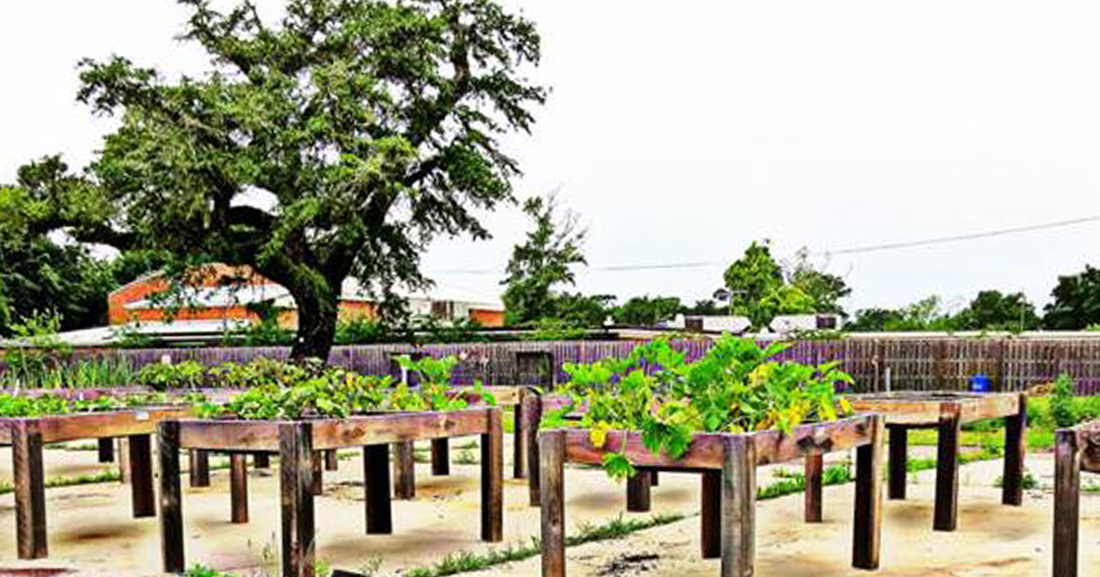
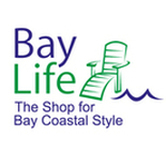
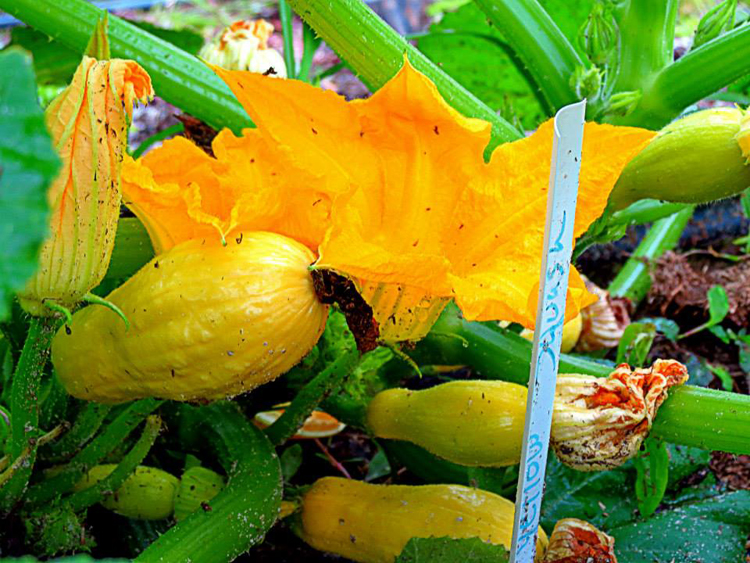
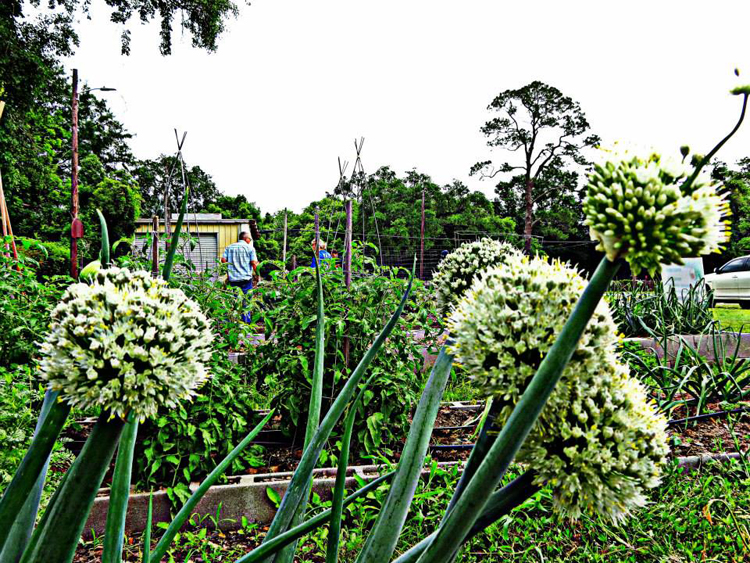
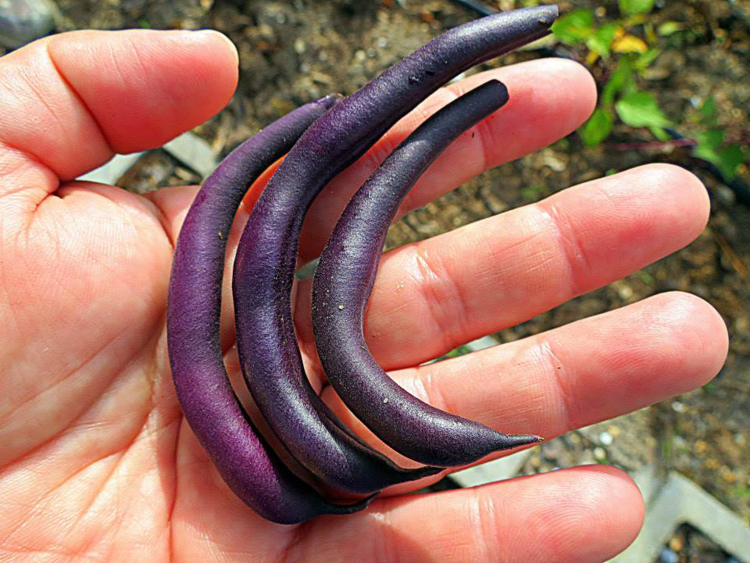

























 RSS Feed
RSS Feed























